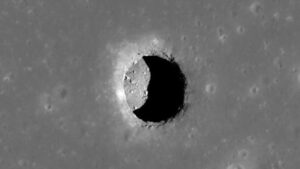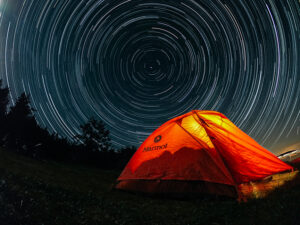The idea of transforming an asteroid into a rotating space habitat is not new, but it is also not easy. To figure out how it can be done takes a huge amount of time. But David W. Jensen has always had an interest in space habitats. A retired technician from the aerospace firm Rockwell Collins, he suddenly had the time he needed to work on it.
His 65-page paper, published in Frontiers in Astronomy and Space, explains in detail how to turn an asteroid into a space habitat in just over a decade. He says that theoretically, the entire process takes just 12 years.
The study includes three main sections: how to select a suitable asteroid, how to choose the right style of space habitat, and how to build it.
Choosing the asteroid
Selecting a suitable asteroid is crucial. Considerations include: what the asteroid is made of, how close it is to Earth, its size, and how much energy we need to get there.
Jensen even selects what he thinks is the most suitable asteroid. Called Altira, it is 4.8km in diameter, has its own moon, and lies within Earth’s own orbit around the sun. Liquid water can potentially exist on it.

Image of a large rotating space habitat similar to the one proposed in the study. Image: David Jensen, Serge Brunier, Doug Ellison
Designing the habitat
The next stage begins to get more complicated: the type of habitat. It needs to be a city-sized space that humans can live in permanently. This means that it has to mirror the gravity we experience on Earth. Atira rotates, but we would need to force it to do so faster rate to create enough force.
Then there is the actual structure of the habitat. For this, four commonly considered shapes are sphere, cylinder, torus, and dumbbell. Jensen settled on a torus (a donut shape). This is where he goes into extensive calculations that justify his choice.
Spider robots
He then explains how to build the habitat: namely, self-replicating robots. Specifically, spider-shaped robots and a base station where we might land on the asteroid. Plus all of the materials and electronics to build a further 3,000 spider robots.
The robots then start to build the torus. Most raw materials for construction will come from the asteroid itself. This reduces the cost and also the amount we need to send to the asteroid in the initial capsule.
His theoretical model estimates that this is all achievable within 12 years at a cost of $4.1 billion. Expensive for individuals, but in the world of space travel, it is incredibly cheap. NASA’s Apollo program cost $93 billion.
The relatively short timeline shocked many people. But after the three-stage plan ends, there is still a lot to do. The “city” would have to be filled with air and water, and have its temperature regulated. Only then could we consider sending humans there.






